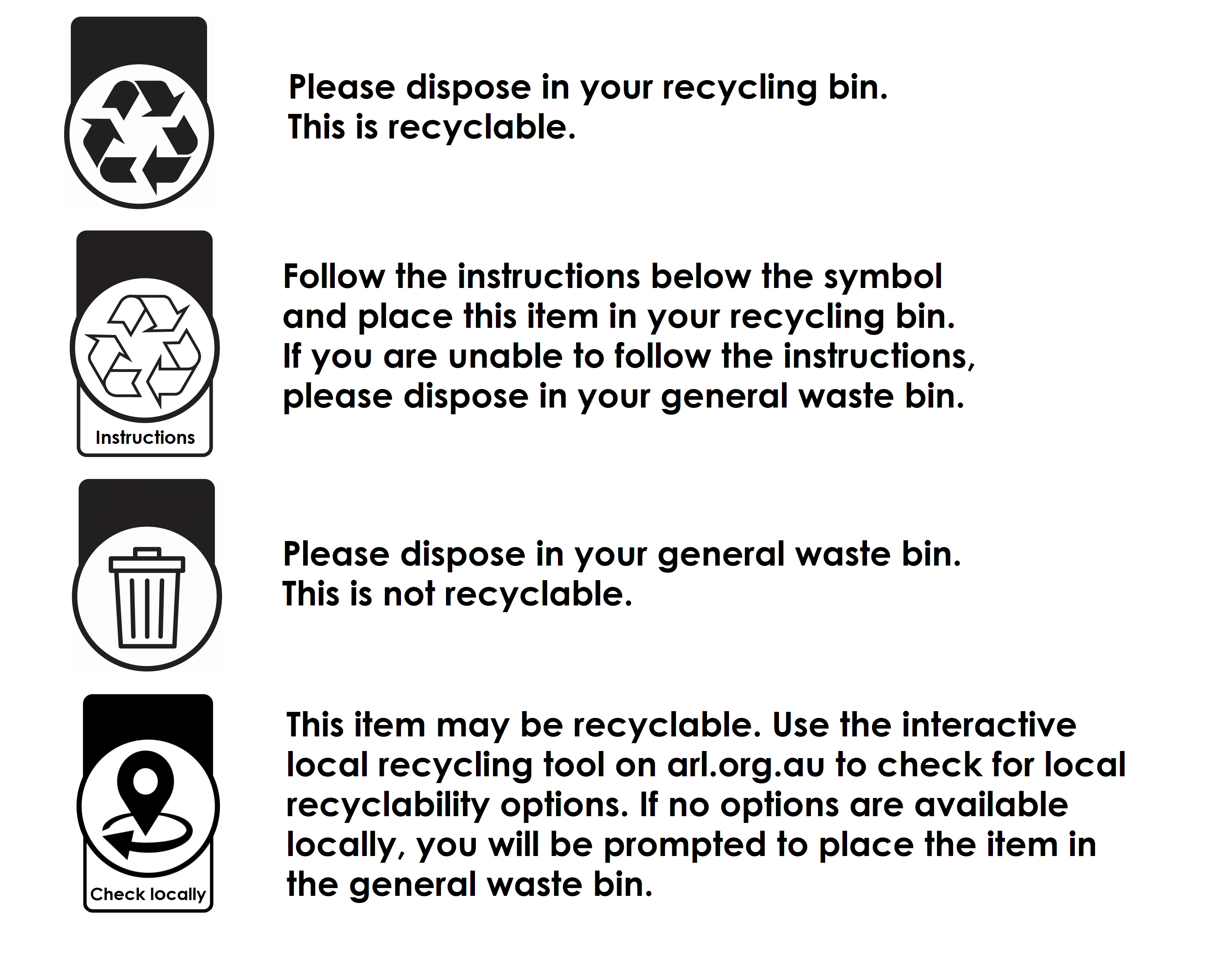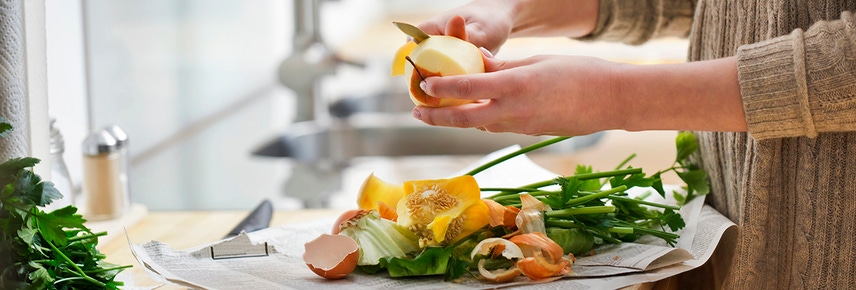.jpg?width=525&height=350&format=jpg&quality=95)
How to reduce, reuse and recycle in your kitchen
In Australia we generate around 75.8 million tonnes of waste each year, equivalent to around 2.95 tonnes per person. With this figure continuing to grow, there are a number of clever changes that we can make as individuals to help win the war on waste, which involves reducing, reusing and recycling.
Rather than attempting to tackle everything all at once, an easy and effective place to start is actually in your kitchen, where the bulk of household waste is created.
Follow these handy suggestions to help you get started.
Reduce
- Meal plan – One way to avoid food waste is by planning out your meals and shopping with a clear list. Buying only what you need not only minimises waste but will help save you money.
- Compost – Rather than throwing your food waste in the bin, why not set up a compost bin and return those nutrients to the soil. No backyard? No worries! Many councils are now offering food scrap collections, or you can use an app to connect you to neighbours with compost bins. There’s also a host of subscription-based compost services.
- Buy in bulk – Why not try out your local bulk goods store? Not only will it help reduce your packaging, it will also help save you money. If you don’t have access to a bulk store, try buying your normal grocery items in larger packets, like yoghurt. Supermarkets usually give you a cost per 100g guide, and typically the bigger the packet, the cheaper the item will be.
- BYO – When buying groceries or eating out, take your own reusable items where a disposable might be offered. This could mean taking your own reusable bags, coffee cup, straws, cutlery, and even containers to collect your takeaway in.
- Cut the packaging – Try to make buying decisions that cut the packaging in the first place like choosing loose or unpackaged fruit and veggies. When that’s not an option, choose products that use less, or more sustainable packing in the first place. Look for packaging using clear plastic instead of opaque, as clear plastic is more easily recycled and turned into plastic to be reused again.
Reuse
- Repurpose – Glass jars and containers that you bought food in can be cleaned and reused to house other items – like the pasta bought from the bulk food store. Egg cartons and milk bottles can be used for growing seedlings, or holding children's paint, and rubber bands can be kept for a later use. Save empty toilet rolls, cereal and tissue boxes and the like for the children in your life to repurpose into rockets, spaceships and other imaginative creations.
- Plastic bags – Rather than buying bin liners and doggie doo bags, use your existing collection of plastic bags or reuse your empty bread bags.
- Love your leftovers – Turn stale bread into breadcrumbs, rejected veggies into pasta sauce or soup and extra rice into fried rice or rice puddings. Commit to a leftover night each week and get creative, helping to save those tasty morsels from the bin.
Recycle
- Look for the Australasian Recycling Label – To make knowing what and how to recycle easier, many grocery products now feature the Australasian Recycling Label. It’s not a fail-proof system because recycling services can differ depending on where you live (see our next tip!) but it sure does help you know what parts of the packaging are recyclable and which parts sadly need to go to landfill. As the slogan goes, ‘Check it before you chuck it.'

- Recycle bin 101 – Many of us are confused about what can and can’t be recycled. Check out your local council website for location specific information, but as a rule you should avoid putting plastic bags, broken glassware, batteries, textiles, containers with food in them, building materials and paper towels into the recycling.
- Prepare it right – Contaminated items can make it difficult, or even impossible to recycle, so make sure to rinse and clean your items before placing them in the appropriate recycling bins. And don’t put them inside a plastic bag – recycling facility systems can’t sort these. When we dispose of our waste correctly, we keep contamination out of the recycling stream and recyclable material away from landfill.
- Soft plastics – Generally speaking, soft plastics can’t be recycled through your kerbside recycling–yet anyway! But take a look at your local council website to understand what services are on offer to you. There are some exciting soft recycling trials underway by Curby that you might be eligible to participate in. In Australia, soft plastic recycling has been temporarily suspended while a taskforce made of the major supermarkets develops a new solution. This means most people currently need to dispose of their soft plastics in the garbage bin.
- Return and Earn – Have you noticed that some bottles have a little 10c refund symbol on them? Wherever you are in Australia you can take these bottles to a specified collection location for recycling in exchange for money (Tasmania’s scheme kicks off in 2024). It’s a no brainer, and a fun task you can give to your kids.
- Look beyond your recycle bin – There are lots of services now available to help recycle the other items that can’t go in your recycle bins. Bread tags for example can be donated and turned into things like bowls and chopping boards while also raising funds to buy wheelchairs for those in need.
If you would like more information on what can and can’t be recycled and to find out where you can do this visit PlanetArk or your local council website.

The latest nutrition advice, plus health and wellness tips delivered to your inbox monthly

